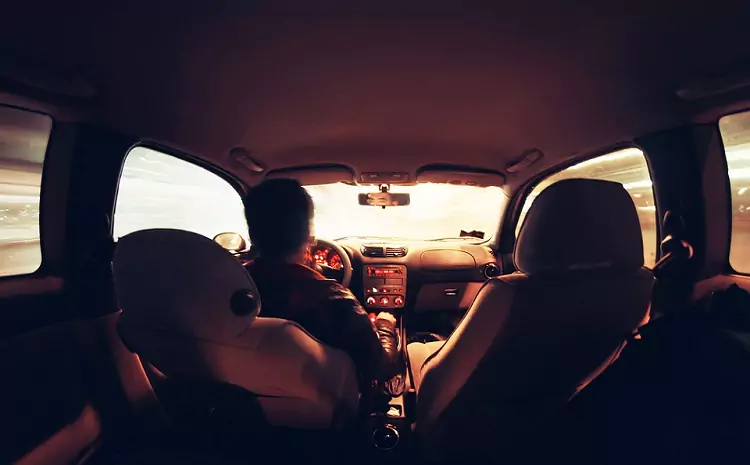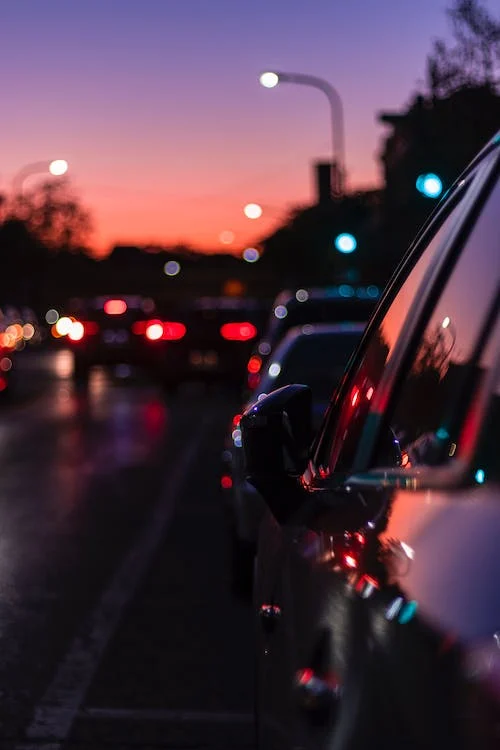In the hustle and bustle of modern life, driving after hours has become a common practice for many individuals. Whether it’s commuting back from work during the late evening or embarking on a road trip under the moonlit sky, driving after dark poses unique challenges. Apart from the obvious concerns of reduced visibility and fatigue, there are legal considerations that every driver must be mindful of to ensure both their safety and compliance with the law. In this article, we delve into some crucial legal aspects that drivers should be aware of when navigating the roads after hours.

Sobriety Checks and DUI Laws
Driving under the influence of alcohol or drugs is not only a danger to the driver but also to everyone on the road. Law enforcement agencies employ sobriety checkpoints as a preventive measure to identify and apprehend individuals driving while impaired. These checkpoints are typically set up during peak hours when the likelihood of encountering intoxicated drivers is higher. Drivers should be aware of the legal blood alcohol concentration (BAC) limit in their jurisdiction, as exceeding this limit can result in severe consequences such as fines, license suspension, or even imprisonment. Drivers must plan if they anticipate being out after hours, arranging for a designated driver, using public transportation, or utilizing rideshare services to ensure a safe journey home.
Adapting to Reduced Visibility
One often overlooked legal consideration for driving after hours is the adjustment of speed limits during the night. Many jurisdictions impose reduced speed limits after dark, recognizing the diminished visibility and increased risk of accidents during nighttime hours. Drivers must acquaint themselves with these specific speed limits, as failure to adhere to them can result in hefty fines and other penalties. Additionally, adapting driving behavior to the reduced visibility is crucial for overall road safety. Headlights should be properly maintained and used effectively, ensuring that the driver can see the road clearly while also being visible to other motorists. Understanding the legal and practical aspects of nighttime speed limits promotes a safer driving experience and helps prevent accidents caused by excessive speed in low-light conditions.
Legal Insights from a Specialized Lawyer
Driving after hours can be further complicated by adverse weather conditions, particularly rain. Wet roads pose additional challenges, including reduced traction and impaired visibility. Drivers need to recognize the legal implications associated with accidents caused by rain, and consulting a rain accident lawyer can provide valuable insights. In some cases, drivers may be held liable for accidents if they fail to adjust their driving behavior to accommodate wet road conditions. A rain accident lawyer can offer guidance on legal responsibilities and potential liabilities arising from weather-related accidents. Staying informed about the legal nuances of driving in adverse weather conditions is crucial for all drivers, ensuring that they not only protect themselves but also act responsibly to prevent accidents and the legal consequences that may follow. As part of comprehensive safe driving practices after hours, understanding the legal aspects of rain-related accidents can further contribute to a secure and responsible driving experience.

The After-Hours Impact on Premiums
Driving after hours may have repercussions beyond legal consequences, extending to your insurance premiums. Insurance companies often factor in the time of day when assessing risk. Some insurers categorize nighttime driving as a higher-risk activity, potentially resulting in elevated insurance premiums. Drivers need to review their insurance policies and understand how their coverage may be affected by driving after hours. Additionally, being involved in an accident during these times could impact the driver’s claim and the subsequent settlement process. To ensure comprehensive coverage and minimize financial surprises, drivers should communicate with their insurance providers and explore policies that best align with their driving habits.
Navigating Urban Nightscapes Legally
Urban environments come alive at night, and with it comes a unique set of regulations that drivers must navigate. City-specific regulations may include restrictions on noise levels, specific traffic rules, or even designated night-time zones with different speed limits. Drivers should familiarize themselves with these city-specific regulations to avoid legal complications. Ignorance of such regulations is not an excuse in the eyes of the law. Keeping abreast of the nuanced legal landscape in urban settings ensures that drivers not only adhere to local laws but also contribute to a smoother flow of traffic and a safer environment for all.
Electronic Devices and Distracted Driving
In the age of smartphones and constant connectivity, the temptation to use electronic devices while driving is ever-present. However, distracted driving is a serious offense with legal consequences that can be exacerbated when driving after hours. Laws regarding the use of electronic devices while driving vary, with some jurisdictions imposing strict penalties for violations. To stay on the right side of the law, drivers should refrain from using phones or other electronic devices while behind the wheel after dark. Understanding the legal implications of distracted driving and adhering to these guidelines not only ensures compliance with the law but also contributes to a safer driving environment, reducing the risk of accidents caused by inattention.
Legal Responsibilities in Rural Areas
Driving after hours, especially in rural or wooded areas, brings about an additional consideration – wildlife awareness. Collisions with animals can result in significant damage and pose serious risks to both drivers and the animals involved. Some jurisdictions may hold drivers responsible for not taking adequate precautions to avoid such collisions. Being aware of wildlife crossing areas, adhering to posted warnings, and adjusting speed accordingly are crucial legal responsibilities. In the unfortunate event of a wildlife-related accident, promptly reporting the incident to local authorities is not only a moral duty but may also have legal implications. By recognizing and respecting the presence of wildlife on the roads, drivers contribute to the preservation of both human safety and the natural environment, aligning their actions with legal and ethical considerations in these diverse driving conditions.
Driving after hours presents a myriad of challenges, and being aware of the associated legal considerations is paramount for a safe and responsible journey. From sobriety checks and nighttime speed limits to insurance implications and city-specific regulations, drivers must equip themselves with the knowledge to navigate the roads legally. Consulting professionals like lawyers for weather-related incidents and understanding the legal pitfalls of distracted driving further enhances the comprehensive approach to safe nighttime driving. By acknowledging these legal nuances, drivers not only protect themselves from potential legal troubles but also actively contribute to a secure and law-abiding road environment. As we venture into the night, let legal wisdom be our guide, ensuring that our journeys are not only enjoyable but also legally sound. Safe travels!

